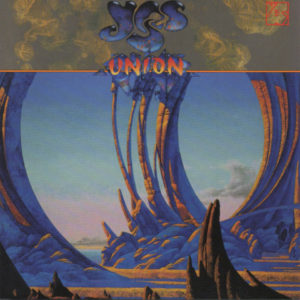Do you promise not to tell?
In the strictest sense, a secret is information known to only one person. Not a single other living, breathing being can know, else it’s not truly a secret. Tell one person. . , no longer a secret.
To be a little less rigid about it, a secret could be kept by a group. It’s knowledge intentionally withheld from others, and passed on only when necessary to a very select few. If for one eensy weensy leak, one unauthorized person gets a hint. . , no longer a secret.
When you think about it, secrets are rare. We like to think we have secrets. We like to believe others have secrets. We know, deep down, it’s only a matter of time before any secret gets exposed. But we persist.
There is also the belief that secrets are important and necessary. But secrets carry a moral ambiguity. They are hidden for a reason. Some reasons are for self protection, some to keep others ignorant, some ostensibly for the protection of others. Every reason holds a justification and along with it a fault. Every secret enforces a defense and a deception.
The strongest arguments for keeping secrets are for proprietary protection, such as, copyrights and patents. Inventors and creators need legal protections to benefit from their work, at least for a period of time, or to prevent others from stealing one’s original work.
The strongest argument against keeping secrets is the undeserved exploitation of patent and copyrights, which happens in under-regulated markets. Another is the obfuscation of the right to know for public protection (hiding culpability). No one disputes that coverups to conceal the dangers of a product or service are wrong. In every case, secrets are serving only the keepers of the secret, not the public.
Ultimately, there are only a two reasons for secrets : a) to keep others ignorant, and b) to hide guilt.
If it’s a secret, you need to know. What you don’t know will hurt you. Being kept in the dark cheats you from the information you need to make reasonable judgments, rational decisions, and safe choices. Others who are culpable of wrongdoing must be exposed. You need to know for your own sake who to trust, who to avoid.
We have a responsibility to respect others privacy, and the right to abolish all secrets.
As an artist, I’m very sensitive to copyright issues for the original creator. Corporations do not/cannot create anything. Only people create, and only people should be entitled to copyright protection, and only for their lifetime—nontransferable, nonsellable. It would not be honest or ethical for someone to sell my work without my permission, or pass it off as their own whether for profit or not. My trade secrets and techniques for creating my art are not truly secrets—they are available to anyone, just as it was available to me from a myriad of sources. Nor do I need to keep them secret, because no one else can apply the techniques I use in exactly the same way. That’s the magic of creativity. Everyone’s unique combination of knowledge and experience blends to make everyone’s application of the same skills and knowledge unique. It’s an inner secret hidden within each one of us, and often hidden from ourselves.
As the designer of the Parallel Audio Project loudspeaker system, I have a proprietary claim to its unique design—no other system is exactly like it. Yet, each separate part is open to anyone. The information I used to design it is accessible to all. I learned from a multitude of freely available sources. The Project wouldn’t have been possible had information not been openly accessible. If instead, we continue on the road of owning ideas and hoarding intellectual property, if we keep our innovations and breakthroughs closely guarded secrets, there can only be less of everything for you, for us, for the world.
If this claim about secrecy is true, then what are all the secrets about? What is being hidden from us, and why? If the intent of copyright is to protect the original creator, then is it also a right to pass it on or sell it? If a formless, faceless corporation can own a copyright, then how does that protect the original, living, breathing creator(s)? At what point does knowledge enter the public domain?
The history of civilization has been built around keeping secrets. Knowledge is power. Withholding power creates kings & serfs, freemen & slaves, wealth & poverty. The castes and classes of the past, born from the exploitation of the majority, have questionable value in a global community bound by communication and technological abilities that, if fairly distributed, would eliminate the great problems of prior generations.
See [Crazy Idea : special knowledge I]
Related posts [Competition Makes the World Go ’round] & [Really, Really, Really]
And read a book that demonstrates how collaboration consistently reaps greater benefits and how decentralized open-sourcing builds stronger communities. In the chapter “The Web” there’s a stunning example in the story contrasting the beginnings of Nupedia and Wikipedia—
The Innovators, Walter Isaacson, Simon & Schuster, 2014
![[art]by[odo]](https://artbyodo.net/wordpress/wp-content/uploads/2011/03/cropped-Header.jpg)




